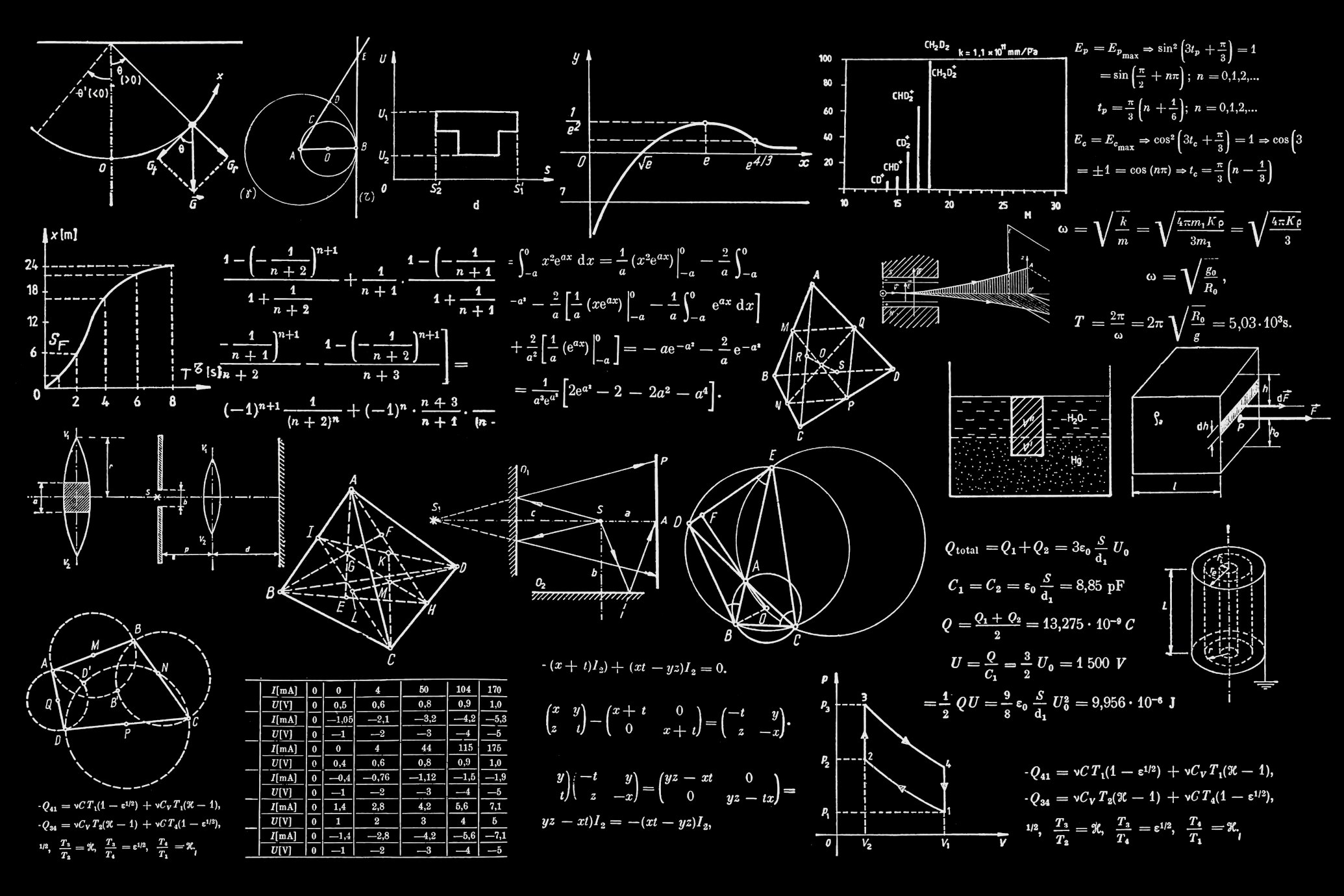The Invisible Sculptor
How Supercritical COâ‚‚ Crafts Nanoscale Landscapes in Clay
Article Navigation
Where Green Chemistry Meets Nanotechnology

Imagine a substance that can vanish like a gas, penetrate solids like a liquid, and transform materials without a trace. Enter supercritical carbon dioxide (scCO₂)—a shape-shifting state of CO₂ that's revolutionizing how scientists engineer materials at the atomic scale. When deployed to insert polymers like poly(ethylene oxide) (PEO) into clay minerals, this "ghostly solvent" unlocks nanocomposites with extraordinary properties: biodegradable films that block oxygen, wound dressings that release drugs intelligently, or even materials that capture greenhouse gases 4 5 .
At the heart of this innovation lies intercalation—the precise insertion of molecules between clay's crystalline layers. Traditional methods require toxic solvents or energy-intensive heat. But with scCO₂, scientists achieve this finesse cleanly and efficiently. This article dives into how this remarkable process works and why it's reshaping material science.
Decoding the scCOâ‚‚-PEO-Clay Trio
The Trinity of Transformation
Supercritical COâ‚‚
When CO₂ is heated above 31°C and pressurized beyond 73 bar, it enters a supercritical state. This hybrid fluid exhibits gas-like diffusion and liquid-like density, allowing it to penetrate clay's nano-galleries (< 2 nm wide) 2 4 . Unlike water or solvents, scCO₂ leaves no residue and operates at modest temperatures, preserving heat-sensitive polymers like PEO.
Clay Minerals
Montmorillonite clay—a swelling layered silicate—acts as the host. Its layers carry negative charges, attracting positively charged ions (e.g., Naâº). The gaps between layers (interlayers) can swell to accommodate polymers, but naturally cling tightly to water or ions. Organically modified clays (e.g., with ammonium surfactants) widen these gaps, easing polymer entry 1 .
Supercritical COâ‚‚ vs. Conventional Solvents
| Property | scCOâ‚‚ | Organic Solvents |
|---|---|---|
| Diffusivity | Gas-like (10â»â´ cm²/s) | Low (10â»âµ cm²/s) |
| Viscosity | Near-gas (0.1 cP) | High (0.2–1.0 cP) |
| Environmental Impact | Zero residue, recyclable | Toxic waste generated |
| Processing Temperature | Mild (31–50°C) | Often >100°C |
scCOâ‚‚ as a Molecular Chauffeur
In 2003, a landmark experiment by Zhao et al. proved scCO₂ could insert PEO into unmodified clay—a feat deemed nearly impossible with solvents 5 . The key insight? scCO₂ simultaneously:
- Expands clay layers by entering interlayers,
- Liquefies PEO by disrupting its crystallinity, and
- Shuttles polymer chains into the gaps before COâ‚‚ evaporates harmlessly.
This avoids clay's dreaded "re-aggregation," where layers snap shut during drying—a chronic flaw in solvent-based methods 1 .
Molecular Shuttle Effect
scCOâ‚‚ transports PEO into clay galleriesIn-Depth: The Pioneering Experiment
Methodology: Precision Under Pressure
Experimental Procedure
- Clay Prep: Sodium montmorillonite (Naâº-MMT) was dried at 100°C to remove water.
- PEO Placement: PEO pellets (MW = 100,000 g/mol) were layered atop clay in a high-pressure reactor.
- scCO₂ Treatment: The system was heated to 50°C, pressurized to 34.5 MPa, and held for 1 hour.
- Depressurization: COâ‚‚ was slowly vented (< 0.1 MPa/s) to prevent clay collapse.
Experimental Parameters
| Parameter | Value | Role |
|---|---|---|
| Temperature | 50°C | Induces supercritical state |
| Pressure | 34.5 MPa | Maximizes COâ‚‚ density |
| Equilibration Time | 60 min | Ensures clay/PEO saturation |
| Depressurization Rate | < 0.1 MPa/s | Prevents layer collapse |
Results & Analysis: Proof of Nano-Entry
X-ray diffraction (XRD) revealed the triumph:
- Untreated clay: Peak at 7.0° → interlayer spacing = 1.24 nm.
- scCO₂-treated clay/PEO: Peak shifted to 4.2° → spacing expanded to 2.10 nm.
This 69% increase (d-spacing jump) confirmed PEO had entered the galleries 5 . Infrared spectroscopy further showed PEO's C–O–C bonds aligned parallel to clay surfaces, proving ordered intercalation—not just surface adhesion.
Why It Matters
Efficiency
Deeper intercalation than solventsPurity
Zero chemical residuesScalability
Hours vs. daysInterlayer Spacing Comparison
| Sample | d-Spacing (nm) | Change |
|---|---|---|
| Pure Naâº-MMT | 1.24 | Baseline |
| Naâº-MMT + PEO (scCOâ‚‚) | 2.10 | +69% |
| Naâº-MMT + PEO (Solvent) | 1.52 | +23% |
The Scientist's Toolkit
Essential Research Reagents & Their Functions
| Reagent | Function | Real-World Analogy |
|---|---|---|
| Montmorillonite (Naâº) | Swellable clay host with exchangeable ions | "Nanoscale apartment blocks" |
| Poly(ethylene oxide) (PEO) | Flexible polymer with COâ‚‚-philic ether groups | "Molecularæ¬å®¶ truck" |
| scCOâ‚‚ | Penetrates clay, plasticizes PEO | "Ghostly scaffolding" |
| High-Pressure Reactor | Maintains temperature/pressure for supercritical state | "COâ‚‚ oven" |
| X-Ray Diffractometer | Measures interlayer spacing shifts | "Nanoscale ruler" |
Beyond the Lab—A Sustainable Materials Future
The scCO₂-mediated marriage of PEO and clay is more than a technical marvel—it's a paradigm shift toward precision nanomanufacturing. From boosting the barrier performance of biodegradable packaging 5 to enabling clay-based carbon capture materials 4 , this technology epitomizes green chemistry's potential.
As research advances, so do the horizons:
- Drug Delivery: PEO-clay hybrids could time-release drugs for days .
- COâ‚‚ Sequestration: Clay-polymer composites might lock away greenhouse gases 4 .
- Low-Cost Sensors: Conductivity changes in intercalated clays could detect toxins.
In the invisible realm of nanomaterials, supercritical CO₂ has emerged as the ultimate sculptor—carving order from chaos, one molecular layer at a time.

Nanotechnology applications in sustainable materials